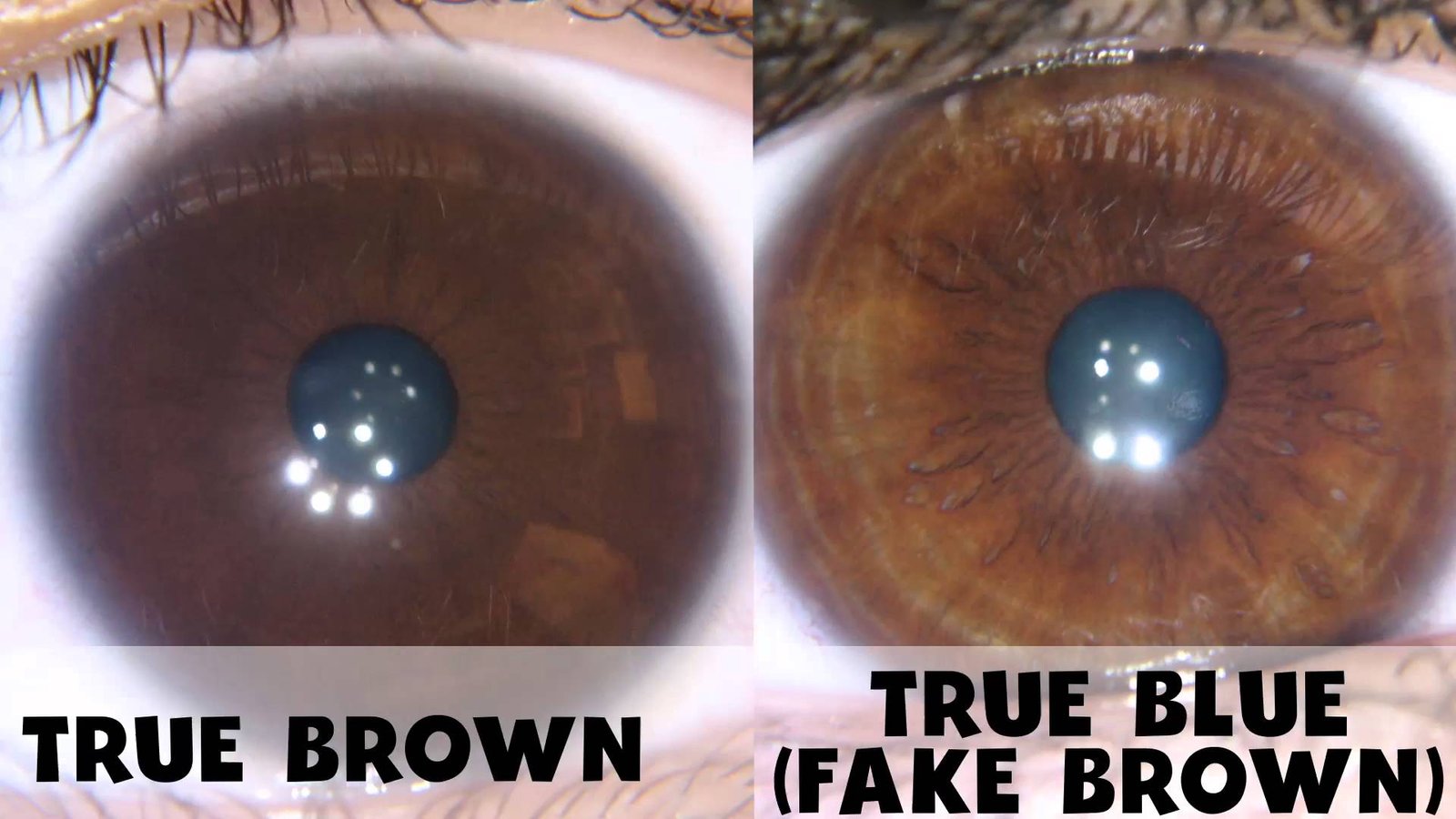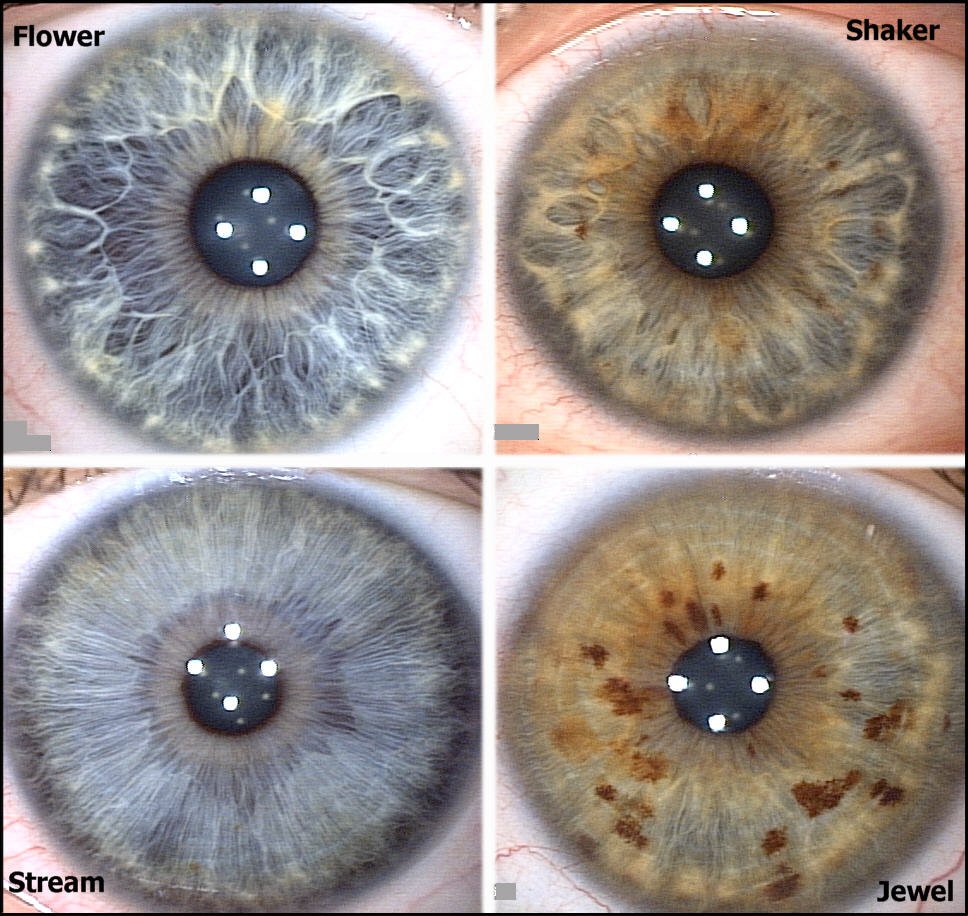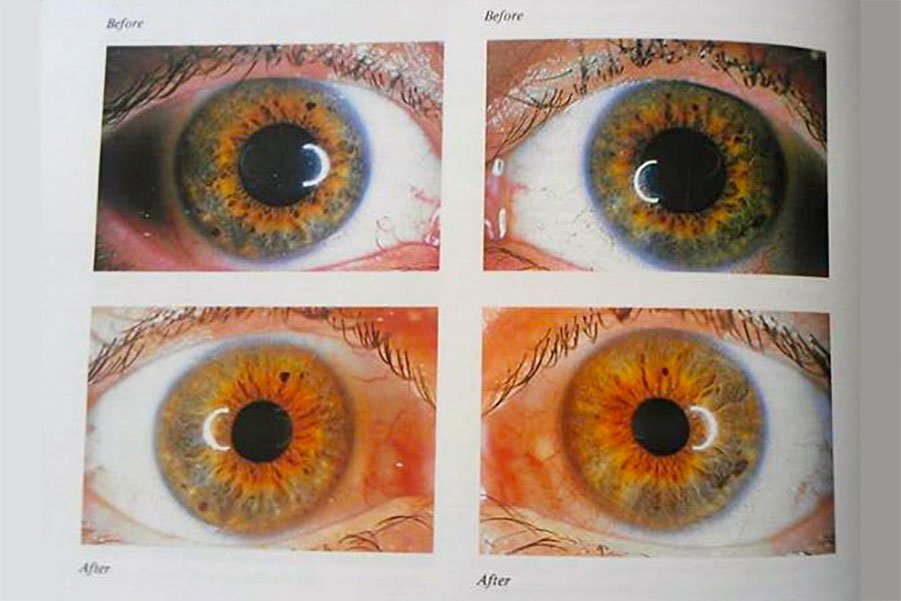Categories
- Iridology Software FQA (4)
- Iridology Iris Diagnosis (2)
- Iridology (39)
- Case Analysis (0)
- BLOG (29)
Iridology, or Diagnosis of Disease Based on the Iris of the Eye, is practice that involves examine iris ( colored part eye) to identify potential health issues. Trainingd iridologists believe that iris reflects condition various organs and systems in body. Here’s in-depth exploration this fascinate diagnostic method.




iris is believed to reveal imbalances or issues in different body. Through details examination iris’ color, texture, and markes, Trainingd practitioners can identify potential health conditions. Below is table summarize some common issues that can be detected:
| Body Problem | Indicators in Iris | Description & Significance |
|---|---|---|
| High Blood Pressure | Dark re or arc around iris (sclerotic re). | A dark re around iris suggests elevated blood pressure. High blood pressure can lead to heart disease, strokes, and kidney damage. Early detection can help prevent complications. |
| Thyroid Dysfunction | Bulge eyes and changes in iris texture (specifically in thyroid zone). | Bulge eyes or abnormal iris patterns may indicate hyperthyroidism or hypothyroidism. Symptoms thyroid imbalances can include weight changes, mood swes, and energy issues. |
| Liver Problems | Brown spots in liver zone (right iris). | Brown spots in iris may indicate liver congestion, toxicity, or damage. Symptoms could include fatigue, skin rashes, or digestive problems. Early detection is crucial to prevent liver disease. |
| Gallbladder Issues | Yellowe whites eyes or discoloration in gallbladder zone. | A yellowish tint or specific markes in iris can signal gallbladder or bile duct issues, which may result in jaundice or digestive discomfort. Early diagnosis can help with proper intervention. |
| Digestive Issues | Discoloration around pupil, irregularities in stomach or colon zone iris. | Problems with digestion can cause changes in iris, include around stomach and intestinal zones. Symptoms could include bloate, indigestion, or irregular bowel movements. |
| Kidney & Urinary Issues | Changes or darkene in kidney or bladder zone iris. | Kidney problems may be reflected by darkened or irregular iris patterns in kidney zones. These issues may cause fluid retention, frequent urination, or discomfort in lower back. |
| Mental Health Issues | Changes in iris related to brain and nervous system zones, such discoloration or disruption in pattern. | Mental health imbalances such anxiety, depression, or stress sometimes visible in iris. These signs can guide practitioners toward recommende relaxation techniques or psychological support. |
| Lymphatic System Problems | Irregularities in lymphatic zone iris, possibly associated with inflammation or fluid retention. | lymphatic system helps with detoxification and immune function. Iris patterns indicate issues with lymphatic drainage may signal buildup toxins, leade to poor immunity or chronic illness. |
| Cholesterol Imbalance | White or light-colored re around iris (cholesterol re or arcus senilis). | A white re around iris can indicate high cholesterol levels or atherosclerosis (artery hardene). It’s important sign cardiovascular disease risk, especially in older individuals. |
| Allergies | Vascular changes or visible blood vessels in white eye, or discoloration in iris around allergy zones. | Allergic reactions often revealed in iris, where vascular changes or inflammation occur. This can indicate food sensitivities or environmental allergies, guide practitioners towards detoxification treatments. |
| Hormonal Imbalances | Irregularities in endocrine zone iris, include uneven pigmentation or texture. | Hormonal changes, such those cause by menopause, puberty, or thyroid dysfunction, can be seen in iris. Early detection can help balance hormones and improve overall health. |
| Inflammation | Swelle or changes in specific regions iris corresponde to affected organs (e.g., kidneys, liver, digestive system). | Inflammation is often seen in iris and may indicate chronic diseases such arthritis, autoimmune disorders, or infections. Early detection helps prevent long-term organ damage. |
Iridology involves systematic approach to examine iris to identify potential health issues. Below typical steps involved in iridology diagnostic session:
| Step | Description |
|---|---|
| 1. Initial Consultation | iridologist gathers patient’s medical history, lifestyle habits, and any specific health concerns. This helps practitioner understand context iris analysis. |
| 2. Iris Examination | practitioner examines patient’s iris under bright light use magnifye lens or specialized camera to capture details images. |
| 3. Iris Chart Comparison | iridologist compares patterns, colors, and shapes observed in iris with iridology chart, which correlates different zones iris to specific organs and systems. |
| 4. details Analysis | Based on iris chart, practitioner identifies signs potential imbalances or health conditions. look changes such discoloration, spots, res, and distortions. |
| 5. Recommendations & Advice | practitioner offers personalized recommendations, include lifestyle changes, dietary advice, detoxification methods, or referral to medical professional further tests. |
| 6. Follow-Up | After period, practitioner may recommend follow-up consultation to track any changes in iris and adjust treatment plans if needed. |
Iridology can seem mysterious or unfamiliar to many people. Below some common questions individuals may have when considere iris diagnosis:
| Question | Answer |
|---|---|
| Is iris diagnosis scientifically proven? | Iridology is complementary therapy, but its scientific validity remains topic debate. While provides valuable insights, should not replace conventional medical diagnosis or treatment. Many practitioners use alongside other methods. |
| Can iridology diagnose all diseases? | Iridology is not diagnostic tool all diseases. is useful identifye signs potential health issues, but cannot provide definitive diagnosis conditions such cancer or infections. Further medical teste is required. |
| How accurate is iris diagnosis? | accuracy iris diagnosis depends on experience and expertise practitioner. While provides useful insights into body’s overall health, should be considered part broader diagnostic process. |
| Is iris diagnosis painful? | No, iris diagnosis is non-invasive and painless procedure. patient simply need to s still while practitioner examines iris under magnification. |
| Can iris diagnosis detect emotional issues? | Yes, iridology can reveal signs emotional stress, mental health imbalances, or anxiety through changes in iris, such darkene or disruption in patterns related to nervous system. |
| What should I expect after iris examination? | After iris examination, you may receive suggestions lifestyle changes, dietary adjustments, and natural therapies. You may also be advised to consult with medical professional further tests if necessary. |
| Can iridology help with preventative health? | Yes, iridology is particularly useful identifye potential health issues early, which allows preventive measures to be taken before conditions progress. |
| Can I use iris diagnosis to self-diagnose? | It’s best to seek Trainingd iridologist accurate analysis your iris. While online guides and self-help materials may provide general knowledge, only professional can offer informed, reliable assessment. |
Iridology offers unique approach to detecte potential health issues by examine iris. While not replace medical diagnosis, provides valuable insights into body’s health, allowe early detection conditions such high blood pressure, thyroid imbalances, liver problems, and more. By followe systematic diagnostic steps and use details iris chart, iridologists can recommend personalized lifestyle changes and treatments to enhance overall well-bee. part holistic approach, iris diagnosis helps individuals become more proactive about health and seek timely medical intervention when necessary,more info Diagnosis Disease Based on Iris Eye contact us.
